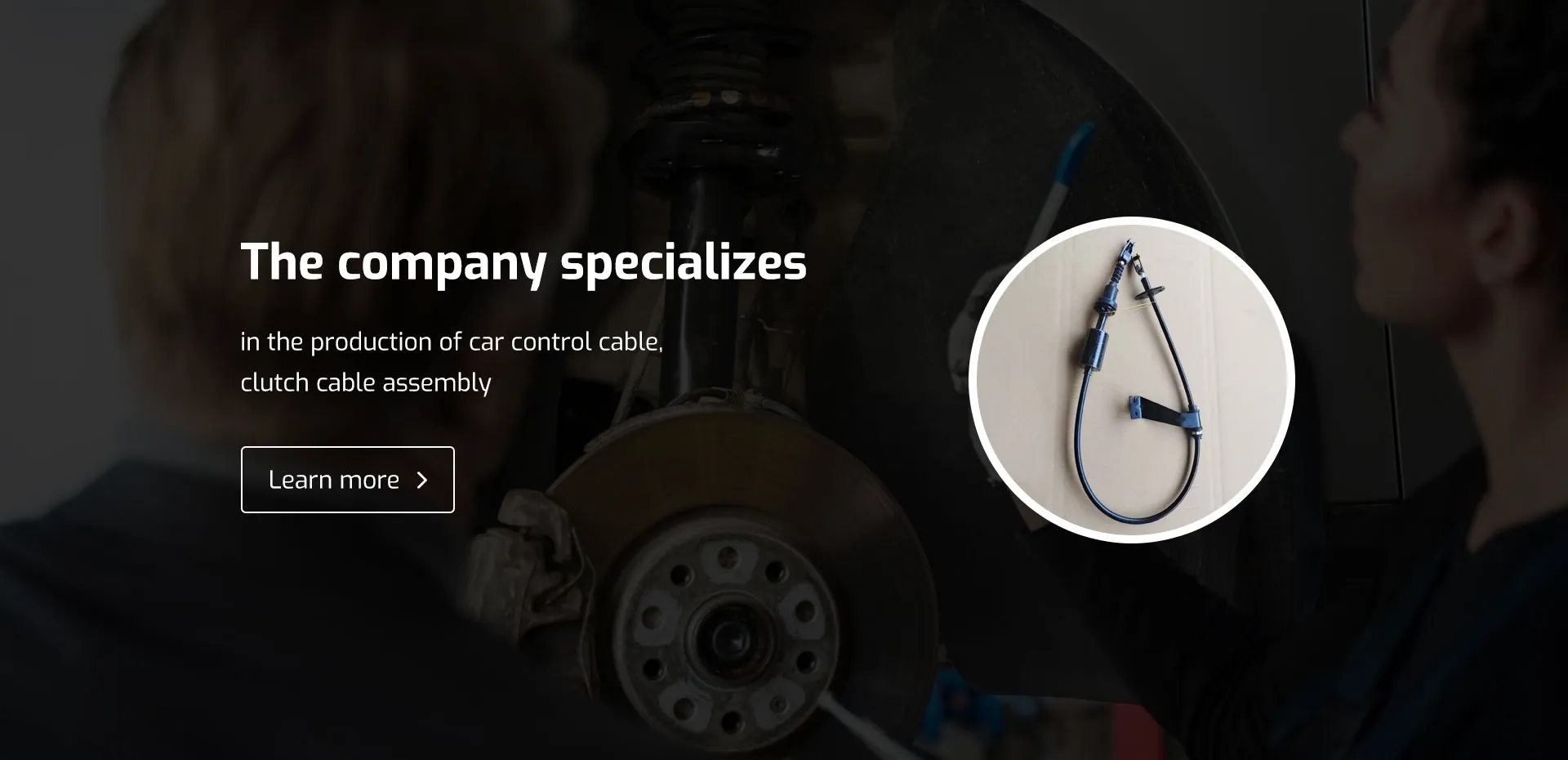broken gear shift linkage cable
Understanding Broken Gear Shift Linkage Cable Causes, Symptoms, and Solutions
The components of a vehicle's transmission system are fundamental to its performance, allowing for smooth transitions between gears. One crucial part of this system is the gear shift linkage cable, which connects the gear shifter inside the car to the gearbox. When this cable becomes broken or damaged, it can lead to a host of problems that can significantly impact driving safety and performance. This article delves into the causes, symptoms, and solutions associated with a broken gear shift linkage cable.
Causes of a Broken Gear Shift Linkage Cable
Several factors can lead to the breaking of a gear shift linkage cable. One of the primary reasons is wear and tear over time. As vehicles age and accumulate mileage, the various components, including the shift linkage cable, undergo stress and strain. Frequent shifting, particularly in older models, can accelerate this wear.
Environmental factors also play a role. Exposure to extreme temperatures can cause materials to weaken. For instance, if the cable is made from plastic or rubber, consistent heat exposure can lead to brittleness, making it more susceptible to snapping. Similarly, corrosion from salts or other chemicals on the road can erode metal components of the linkage system.
Improper installation or adjustment may also contribute to premature failure. If the cable is misaligned, it can create excessive tension, leading to breaking. In some cases, poor-quality aftermarket parts may not withstand the rigors of everyday driving, resulting in premature failure compared to original equipment manufacturer (OEM) parts.
Symptoms of a Broken Gear Shift Linkage Cable
Drivers can experience various symptoms when the gear shift linkage cable is broken or malfunctioning. One of the most noticeable signs is difficulty in shifting gears. If the gear stick feels loose or does not engage in specific gears, it is a strong indicator that the linkage cable may be damaged. Moreover, if the driver has to apply more force than usual to change gears, this could signify a problem.
broken gear shift linkage cable

Another symptom is unusual noises emanating from the gear shifter or transmission area. Scraping, grinding, or knocking sounds can indicate that the cable is not functioning correctly. Additionally, if the vehicle is stuck in one gear or fails to go into gear at all, it could be a result of a broken cable.
Dashboard warning lights may also illuminate, especially if the vehicle’s onboard diagnostics detect a related transmission issue. For automatic transmission vehicles, drivers may find that the vehicle shifts roughly or exhibits erratic behavior while changing gears.
Solutions for a Broken Gear Shift Linkage Cable
Addressing a broken gear shift linkage cable typically involves several steps, starting with a proper diagnosis. It is advisable to consult with a qualified mechanic who can assess the situation accurately. A visual inspection of the cable and the surrounding components is necessary to confirm if the cable is indeed broken, misaligned, or if there is another underlying issue.
If a broken cable is confirmed, replacement is usually the most viable solution. Mechanics will generally remove the damaged cable and replace it with a new one. It is crucial to use high-quality OEM parts to ensure reliability and longevity. During this process, mechanics may also inspect other related components such as the gear shifter and the gearbox to rule out any additional problems.
Regular maintenance is essential to prevent future issues. Regular inspections of the transmission system and periodic replacements of worn parts can save drivers from more costly repairs down the line. Keeping the vehicle clean and protected from corrosion can also extend the life of transmission components.
Conclusion
A broken gear shift linkage cable is a serious issue that can compromise a vehicle's safety and performance. Understanding the causes, recognizing the symptoms, and knowing how to address the problem is vital for any vehicle owner. Regular maintenance and prompt attention to symptoms can help ensure that your vehicle remains reliable and enjoyable to drive. When in doubt, don’t hesitate to consult a professional mechanic for guidance and assistance. Taking immediate action can prevent further damage and ensure your vehicle continues to run smoothly.
-
Upgrade Your Control with Premium Throttle CablesNewsAug.08,2025
-
Stay in Control with Premium Hand Brake CablesNewsAug.08,2025
-
Experience Unmatched Performance with Our Clutch HosesNewsAug.08,2025
-
Ensure Safety and Reliability with Premium Handbrake CablesNewsAug.08,2025
-
Enhance Your Vehicle with High-Performance Clutch LinesNewsAug.08,2025
-
Elevate Your Ride with Premium Gear CablesNewsAug.08,2025
